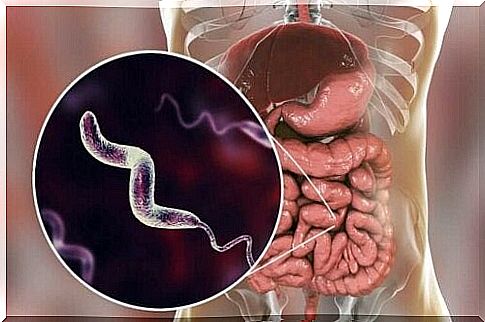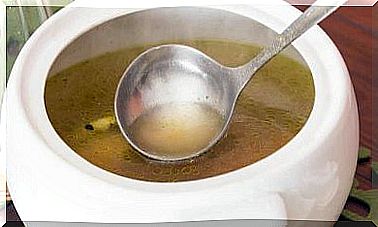Campylobacter Infections: Everything You Need To Know

Campylobacter infections, also known as campylobacteriosis, are the most common cause of diarrhea worldwide, accounting for up to 14% of these cases, according to several studies.
In addition, the World Health Organization (WHO) estimates that foodborne illnesses – including campylobacteriosis – affect one in ten people worldwide at any given time.
Keeping the bacteria that cause these diseases out is of course not just a matter of hygiene. It can save many lives in the long run, especially in countries with poor health infrastructure. Read on quickly – today’s article will discuss campylobacter infections in detail.
What are Campylobacter Infections?

First of all, let’s emphasize that the name campylobacter does not refer to a single bacterial species, but to a genus of bacilli containing at least 12 human disease-causing species. The most common species is C. jejuni and it causes up to 90% of infections.
This pathogen is one of the most common causes of diarrhea in the US. It is estimated that it affects about 2.4 million people in the country every year. Between 2013 and 2017, there were more than 29 epidemiological outbreaks. These data confirm that campylobacteriosis is a common problem.
Causes of Campylobacter Infections
In general, this infection is caused by the ingestion of unpasteurized milk or by raw or uncooked meat and poultry. According to the United States Department of Agriculture (USDA), an oral ingestion of just 500 pathogenic cells can lead to infection in a human.
Campylobacter bacteria invade cells in the small intestine using a mechanism similar to a certain species of salmonella. They cause damage and reduce the intestinal fluid absorption.
This generates the characteristic medical image that we will talk about below. In general, we can summarize the main sources of infection of the disease as follows:
- consumption of undercooked meat products, mainly poultry.
- consuming unpasteurized milk.
- due to the presence of the bacteria in untreated water.
- through contact with infected pets or farm animals.
Main symptoms

The most common symptom of campylobacter infections is diarrhea – sometimes bloody. These symptoms usually appear between 2 and 5 days after contact with the bacteria and then stop on their own after 6 days. Other additional symptoms may also be observed such as:
- intestinal cramps and abdominal pain.
- fever and fatigue.
- nausea and vomiting.
However, some infected patients never develop obvious symptoms, according to the US National Library of Medicine . In addition, death from campylobacteriosis is quite rare. It is especially deadly in young infants, the elderly, and people with immune deficiencies, such as those with HIV.
Diagnosis
It is easy to diagnose once symptoms are present. The doctor should obtain a stool sample and identify and isolate the bacteria causing the gastrointestinal imbalance by performing tests. There are also other faster types of tests that can identify the microorganism’s genome.
Treatment Options for Campylobacter Infections
According to the Centers for Disease Control and Prevention (CDC), campylobacter infections usually clear up on their own within 3 to 6 days of the onset of symptoms. It is recommended to drink very well to replenish the fluid and electrolytes that are lost through the diarrhea.
Medicines are not necessary in most cases because their excessive intake can lead to the development of resistant strains. For this reason, self-medication is not recommended and antibiotics are only prescribed in the most severe cases.
How can you prevent campylobacter infections?

As with most foodborne illnesses, the correct way of handling food is the best form of prevention. The CDC also shares some measures to consider. They include the following:
- Wash your hands before handling food and after touching a potential source of infection, be it an infected person or animal.
- Cut raw fruits and vegetables on a cutting board other than fish and meat.
- Change the kitchen cloth and sponge daily.
- Cook food of animal origin, whether it has been previously frozen or not.
- Always drink pasteurized milk and juices.
- Under no circumstances should you drink untreated water.
Final considerations
As you can see, campylobacter infections are the leading cause of diarrhea worldwide, with the C. jejuni species being the most commonly found. Most epidemiological outbreaks are caused by the consumption of raw meat, unpasteurized milk and untreated water.
Therefore, the best measure to prevent campylobacteriosis is to eat well-cooked foods. It must also be properly processed and prepared. This means that no cross-contamination may occur, meat must always be properly heated before consumption and that you must of course wash your hands well before cooking.









